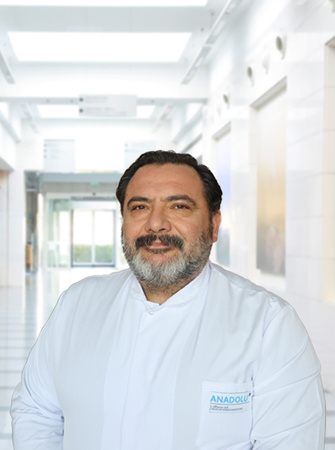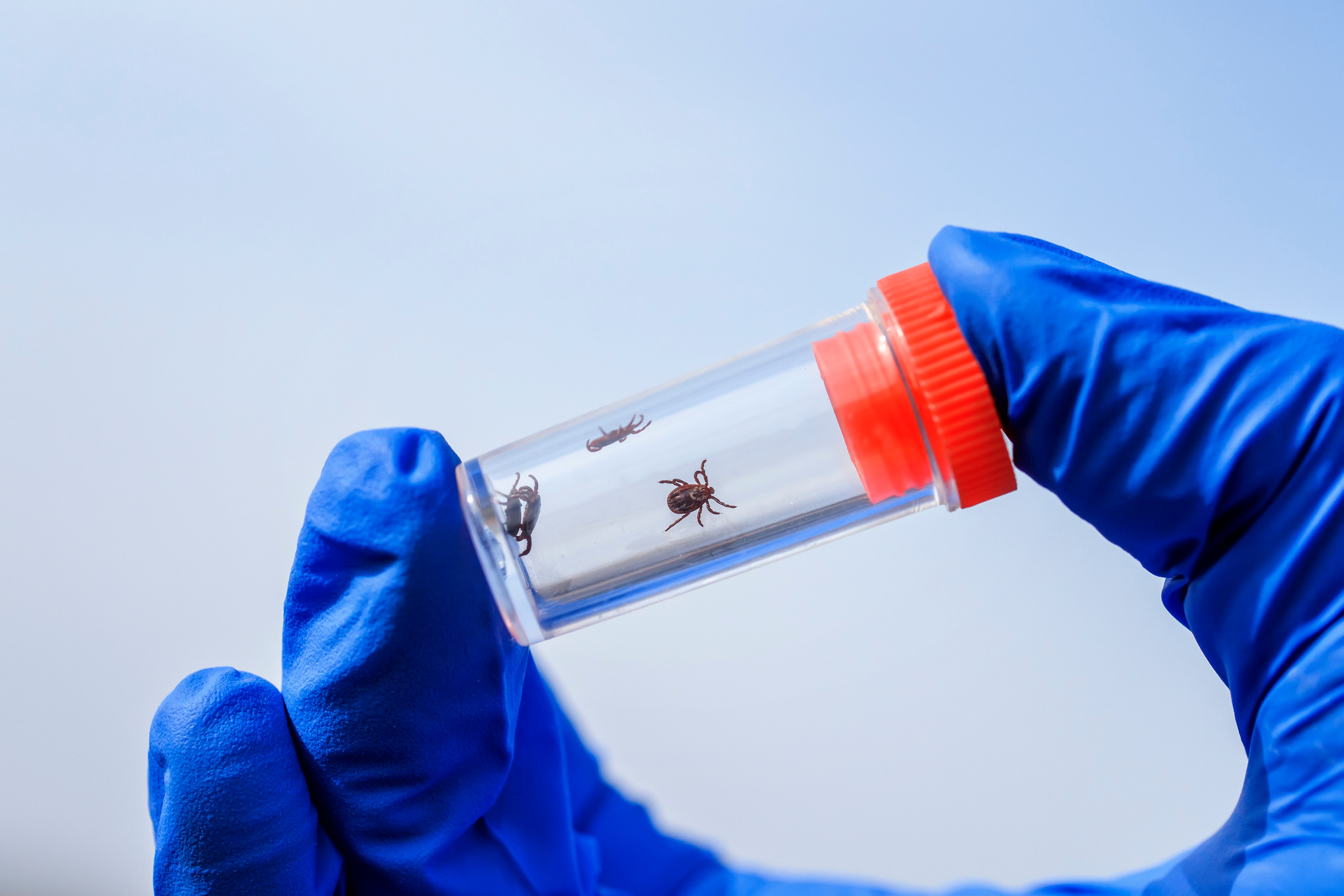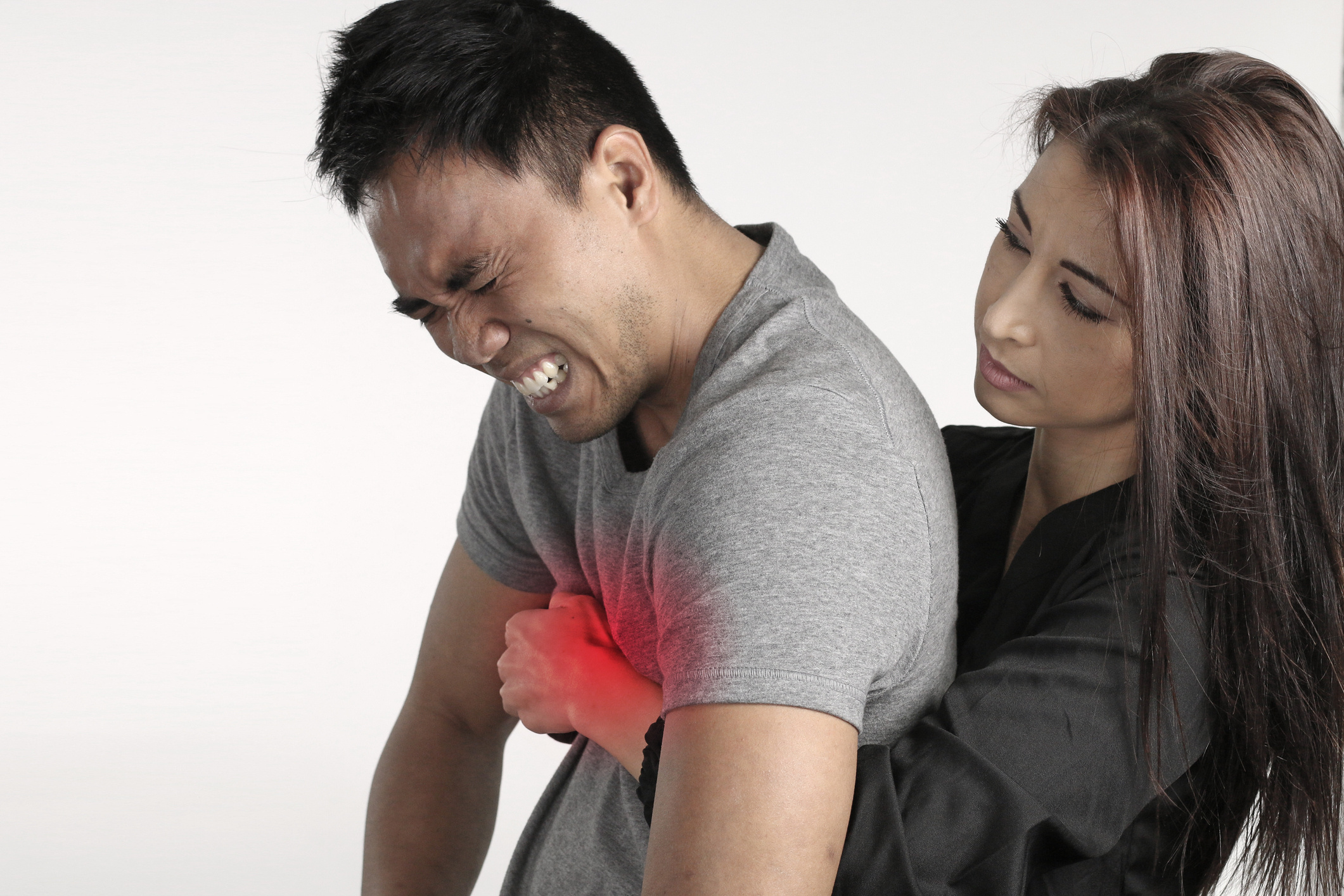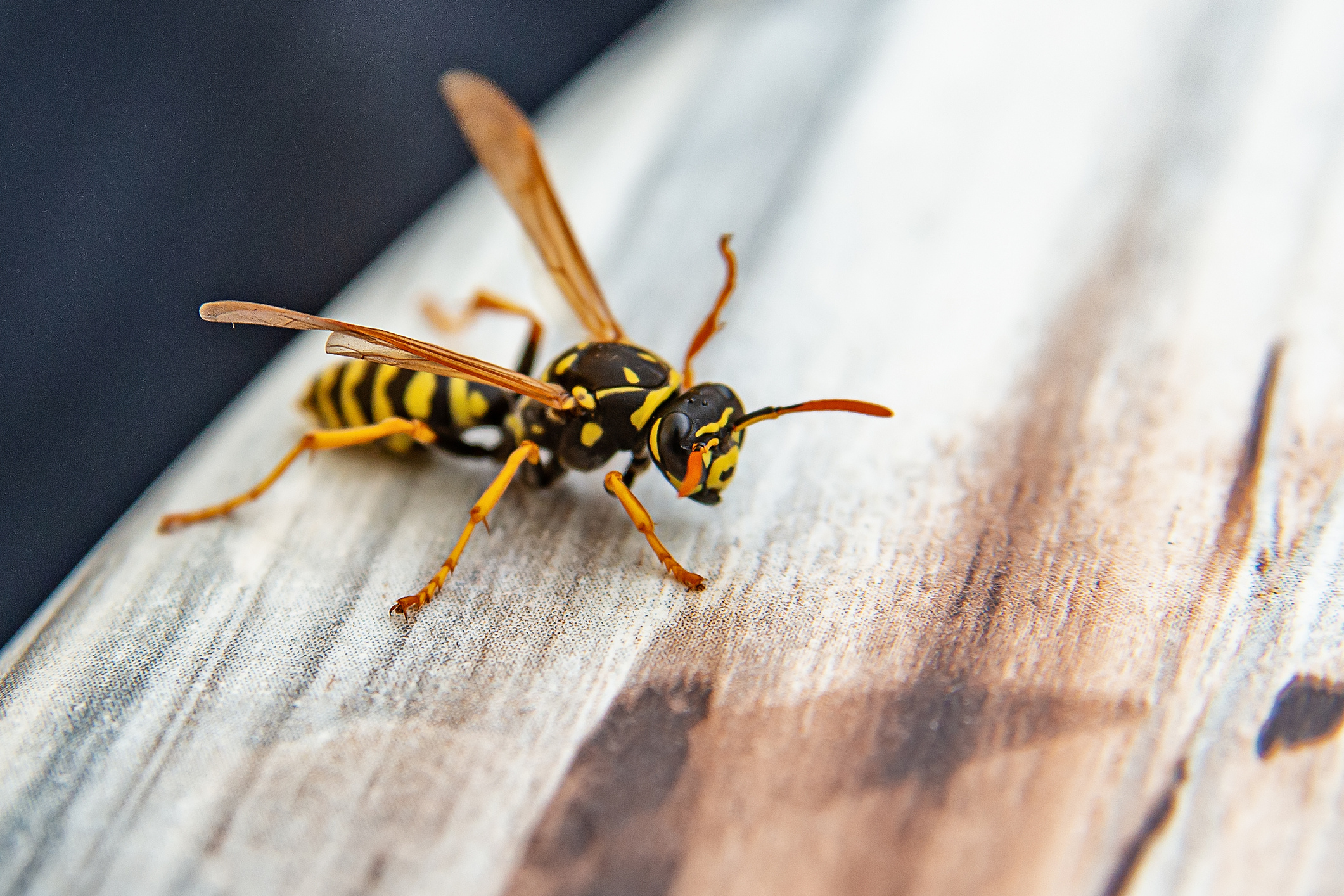
Ali Osman Yıldırım
Speciality
- Emergency Medicine
Education
University:
GATA Faculty of Medicine
Specialization:
GATA Faculty of Medicine, Department of Emergency Medicine
Master’s Degrees:
Beykent University, Health Institutions and Hospital Management
Üsküdar University, Clinical Psychology
Institutions Worked At
- Health Branch Manager, TAF Sports School, 49th Internal Security Brigade, Muş (1997-2007)
- 2nd Commando Brigade, Bolu
- Head of Emergency Medicine Department, GATA Medical School, Ankara (2011-2012)
- Chief of Emergency Department, GATA Haydarpaşa, Istanbul (2012-2013)
- MGH, Dept. of Radiology, Emergency Radiology, Research Fellow, Harvard University, Boston, USA (2013-2014)
- Chief of Emergency Department, GATA Haydarpaşa, Istanbul (2014-2016)
- Emergency Department Supervisor, Private Medicana Kadıköy Hospital, Istanbul (2016-2018)
- Emergency Department Supervisor, Pendik Medical Park (2020-2022)
- Head of Emergency Medicine Department, Okan University Hospital
ATUDER (Emergency Medicine Association of Turkey)
- MGH Research Certificate, Harvard University, MGH, Boston, USA (11.2014)
- APLS (Advanced Pediatric Life Support), Izmir (03.2013)
- Flight Medicine Certification, TAF, Eskişehir (04.2015)
- Master’s in Healthcare Management, Beykent University (2013)
- Master’s in Clinical Psychology, Üsküdar University
- Number of Publications in International Peer-Reviewed Journals: 30
- Number of Publications in National Peer-Reviewed Journals: 19
- Number of Presentations at International Congresses and Symposia: 211
- Number of Presentations at National Congresses and Symposia: 127
- Selected Publications (PubMed Indexed):
- The effects of glycyrrhizin on experimental acute pancreatitis in rats (Eur Rev Med Pharmacol Sci, 2013)
- The effectiveness of hyperbaric oxygen and ozone applications in tissue healing (Ulus Travma Acil Cerrahi Derg, 2013)
- Serum neuron-specific enolase and S-100ß levels as prognostic markers in carbon monoxide intoxication (Indian J Biochem Biophys, 2015)
- Protective effects of taurine in acute pancreatitis (Hum Exp Toxicol, 2013)
- Association between diabetic foot development and serum fetuin-A levels (Pol Arch Med Wewn, 2013)
- Effects of long-term repetitive hyperbaric oxygen exposure on brain oxidative stress (ScientificWorldJournal, 2012)
- Evaluation of oxidative stress markers in erythrocytes during hyperbaric oxygen therapy (J Med Biochem, 2013)
- Carbon monoxide poisoning and its effects on ECG (Cardiovascular Journal of Africa, 2014)
- Comparison of video laryngoscope and intubating laryngeal mask airway (Eur J Emerg Med, 2011)
- Differences in ischemia-modified albumin levels in end-stage renal disease patients (J Nephrol, 2013)
- Protective effects of ozone therapy in acetaminophen-induced liver injury (Environ Toxicol Pharmacol, 2012)
- Endothelial function in familial Mediterranean fever-related amyloidosis (Rheumatology, 2014)
- Hyperbaric oxygen therapy in renal ischemia/reperfusion injury (Ren Fail, 2012)
- Mental status evaluation of elderly emergency patients (Klinik Psikofarmakoloji Bülteni, 2013)
- Five cases of carbon monoxide poisoning due to shisha (Hong Kong J Emerg Med, 2011)
- Radiofrequency catheter ablation of ventricular tachycardia in a military parachuter (Aviation, Space, and Environmental Medicine, 2013)
- Coexisting subarachnoid hemorrhage and pneumocephalus (Am J Emerg Med, 2014)
- An unusual burn caused by an overheated wheelchair walkway (Pediatric Emergency Care, 2012)
- Relationship between dental indentation and maxillary sinusitis (Open J Med Imaging, 2013)
- Serum neutrophil gelatinase-associated lipocalin and cardiovascular events in chronic kidney disease patients (Int Urol Nephrol, 2015)
Featured Cancer Articles
- 6 Nutrition Tips for Those Who Fast
- What is Disease X (Virus X)?
- How Does Cancer Form?
- What is an Ovarian Cyst?
- What is Cervical Cancer?
- What Are the Symptoms and Treatment Methods of Testicular Cancer?
- Symptoms, Diagnosis, and Treatment Process of Bladder Cancer
- Liver Cancer
- What is Stomach Cancer? What are Its Symptoms and Treatment?
- Thyroid: What is it, Symptoms, Diagnosis, and Treatment







